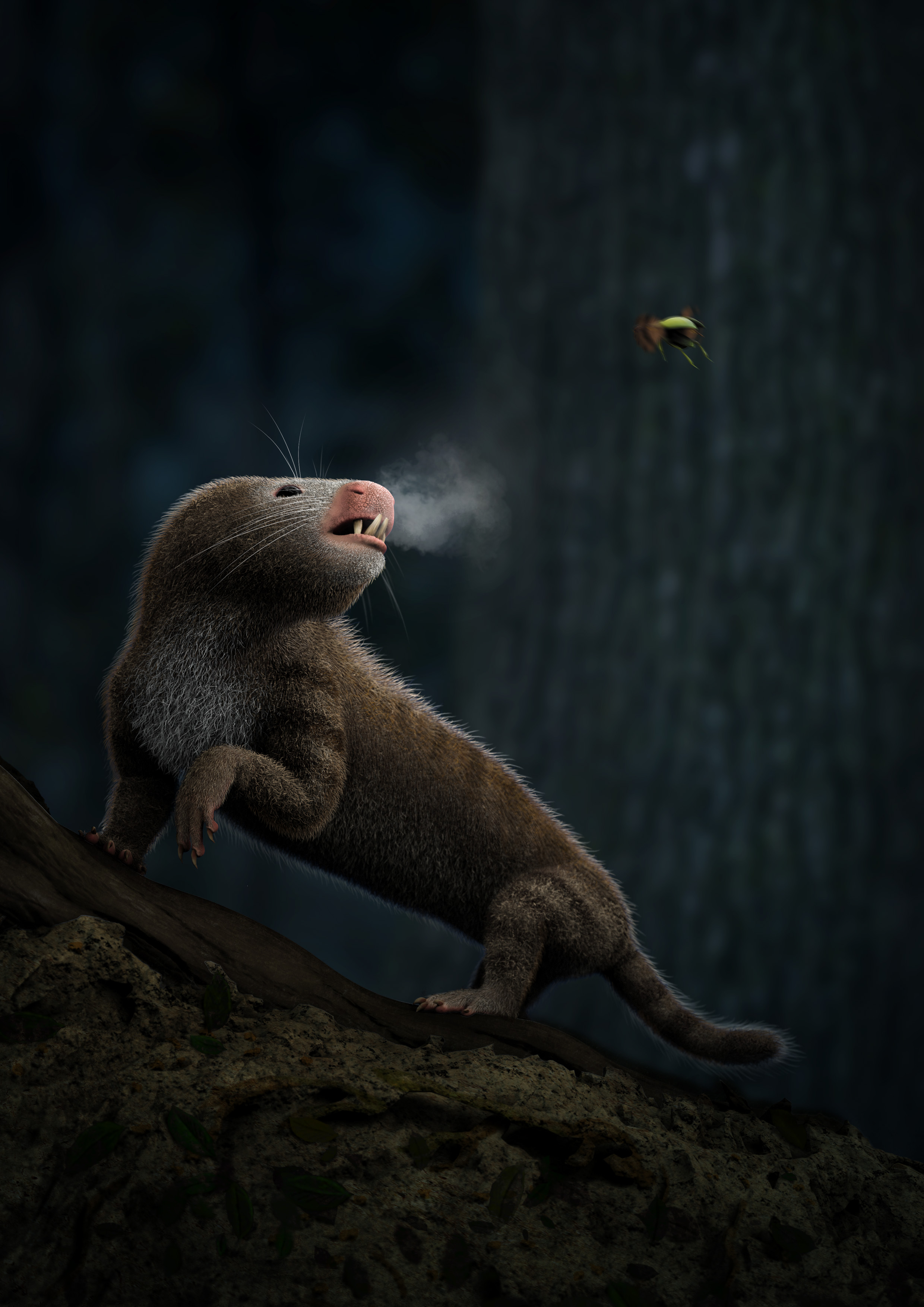Media release
From:
When mammals became warm-blooded
Warm-bloodedness in mammals may have originated in the Late Triassic period, around 233 million years ago, suggests a study in Nature this week. The findings, based on fossilized inner ears of mammal ancestors, improve our understanding of the evolutionary history of mammals.
Warm-bloodedness, or endothermy, is a key feature of mammals and birds, and allows them to live in diverse environmental settings by keeping a near-constant core body temperature. Endotherms are more behaviourally active and can travel further and move faster than cold-blooded ectotherms, which are generally slower, less active and have decreased aerobic capacity. However, understanding when endothermy first emerged in mammalian evolutionary history remains challenging, as most fossil evidence is ambiguous.
Examining the structure of the semicircular ducts of the inner ears of mammalian ancestors could help us investigate when this endothermy transition occurred, Ricardo Araújo, Romain David, Kenneth Angielczyk and colleagues suggest. These ear canals contain a fluid called endolymph, the viscosity of which changes depending on the temperature of the animal.
The authors examined the structural changes of semicircular canals from a group of 56 extinct species, from which mammals emerged, and found changes associated with endothermy, such as narrower ducts. They found that the structure of the canals evolved abruptly during the Late Triassic in mammal ancestors during a period of climatic instability, suggesting that endothermy evolved around this time period. These findings correlated with an increase in body temperature of between 5–9°C and an expansion of aerobic and anaerobic capacities.



 International
International



